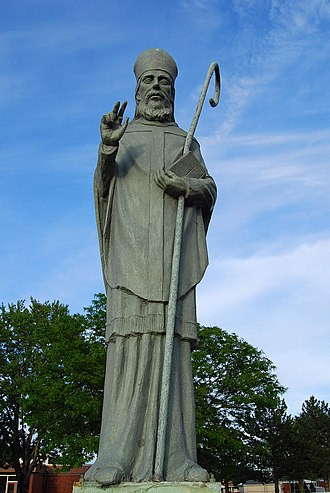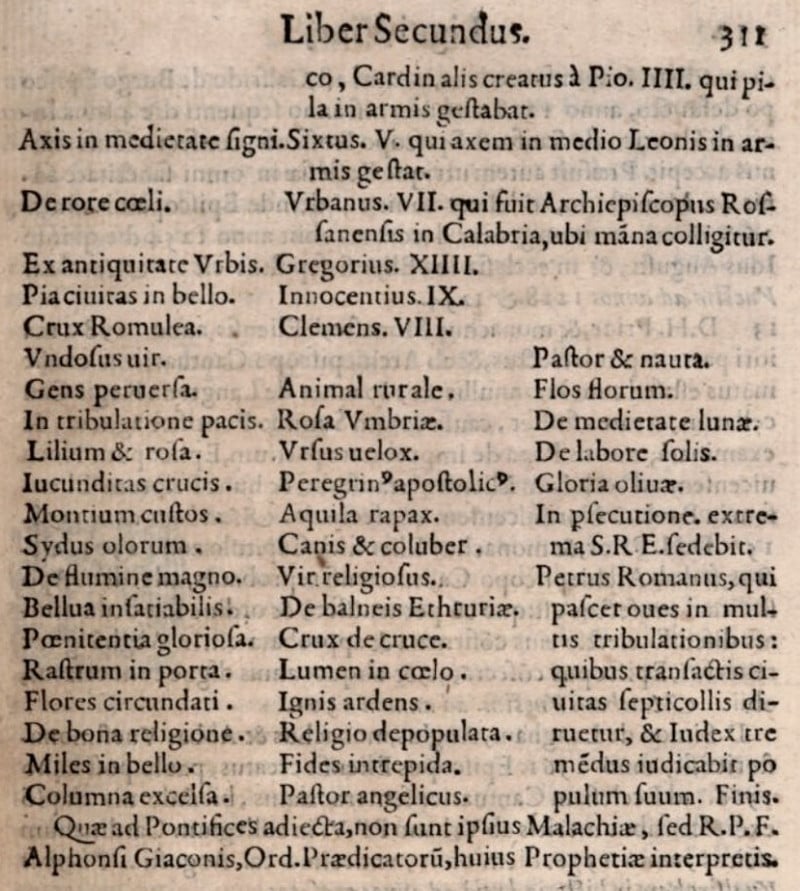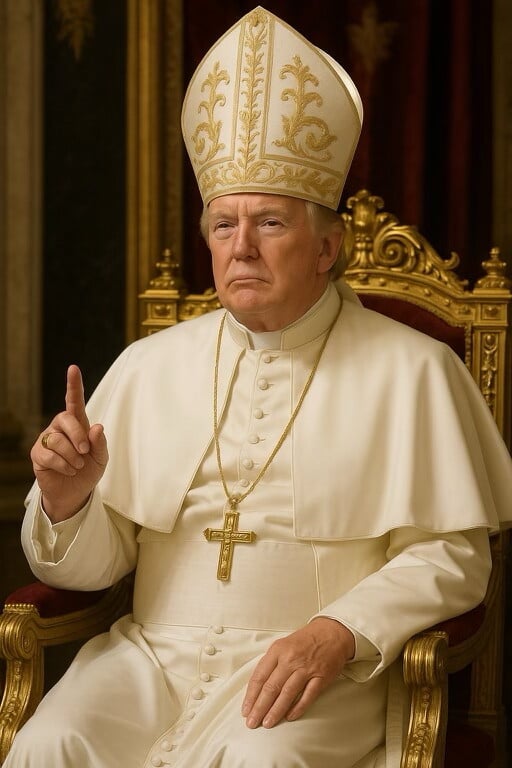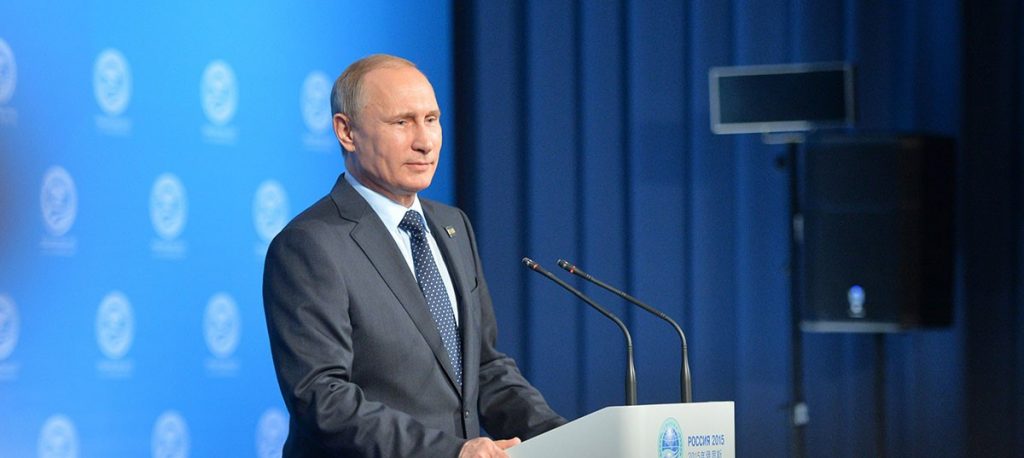1,000-Year-Old Prophecy Predicts Leo XIV to Be the Last Pope Before Apocalypse

© Vatican Media
How did the St. Malachy Prophecy first come to light, and why was it hidden for centuries?
A centuries-old book hidden in the Vatican’s archives, predicting every pope and hinting at the end of the world.
This is the story of the St. Malachy Prophecy, a mysterious text that has resurfaced after the death of Pope Francis in April 2025.
Said to be written by an Irish saint in the 12th century, this prophecy lists 112 popes, ending with a figure called “Peter the Roman,” whose reign could bring catastrophic events.
But what does this mean for humanity, and should we take it seriously? Let’s explore this ancient prediction and its eerie connection to today’s world.
What Is the St. Malachy Prophecy?

The St. Malachy Prophecy, also known as the Prophecy of the Popes, is a collection of 112 short Latin phrases, each thought to describe a future pope starting from 1143.
According to legend, St. Malachy, an Irish archbishop, had a vision during a trip to Rome in 1139. In this vision, he saw every pope until the end of time and wrote down cryptic clues about them.
The document was supposedly lost until 1595, when a monk named Arnold Wion published it.
Some believe it accurately described popes up to 1590, but others argue it’s a forgery created for political reasons, as its predictions become vague after that year.
The prophecy’s final entry is the most alarming. It speaks of “Peter the Roman,” who will lead the Catholic Church during great turmoil, after which Rome, the “city of seven hills,” will be destroyed, and a “dreadful judge” will judge humanity.
Many interpret this as a warning of the apocalypse, possibly in 2027, based on timelines suggested by the prophecy’s structure.
Why It’s Relevant Now

Pope Francis, who died at 88 after a stroke, is considered by some to be the 112th pope in the prophecy, though others believe the next pope will fulfill the “Peter the Roman” role.
The timing is striking: three of the top candidates to replace Francis—Cardinals Pietro Parolin, Péter Erdő, and Peter Turkson—have the name Peter, fueling speculation.
The prophecy’s mention of 2027 as a potential end date adds urgency, especially amid global crises like wars and climate concerns, which some see as signs of the predicted turmoil.
However, experts urge caution. Scholars like papal historian Anura Guruge call the prophecy a “hoax,” pointing out that it was unknown for over 400 years after St. Malachy’s death and may have been written to influence a papal election in 1590.
The Bible also warns against predicting Judgment Day, citing Matthew 24:36, which says no one but God knows when it will happen.
Should We Be Worried?

The St. Malachy Prophecy captures the imagination, but its authenticity is questionable.
While some phrases seem to match past popes—like “Gloria Olivae” (Glory of the Olive) for Pope Benedict XVI, linked to the Olivetan Benedictines—the connections often feel forced after 1590.
Critics argue it’s easy to make vague phrases fit any pope with hindsight. Still, the prophecy’s dark warning about “Peter the Roman” and the destruction of Rome keeps it alive in popular culture, appearing in books and documentaries.
For now, the Catholic Church is focused on choosing a new pope through a conclave, a process that could take weeks.
Whether the next pope is named Peter or not, the prophecy serves as a reminder of humanity’s fascination with predictions about the future.
While it’s tempting to see it as a roadmap to the apocalypse, it’s wise to approach it with skepticism and focus on the present.
You might also want to read: Who Is Robert Francis Prevost, the Cardinal Elected Pope?


